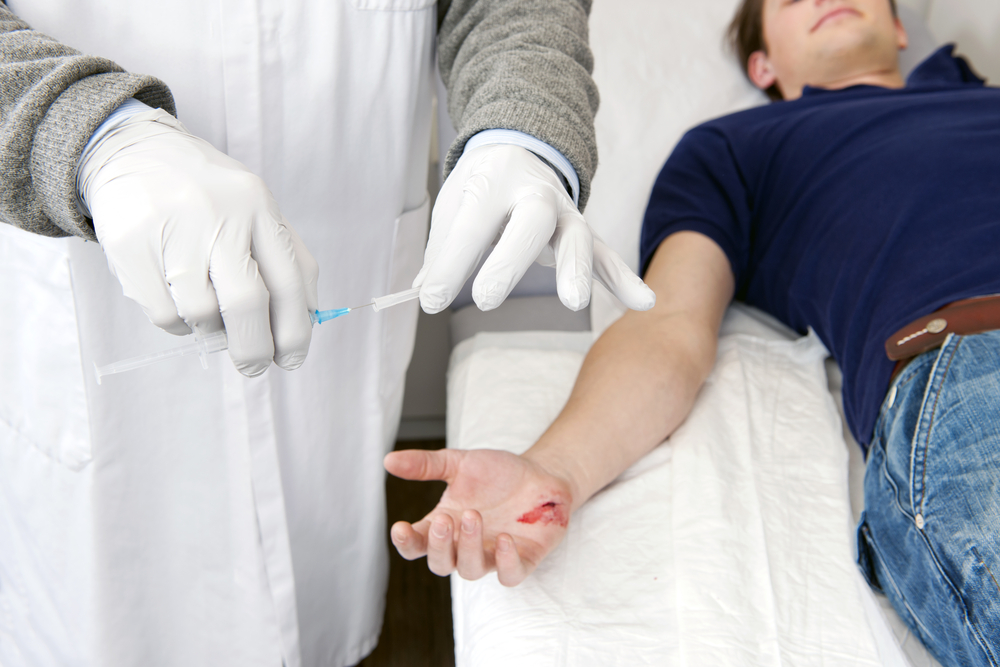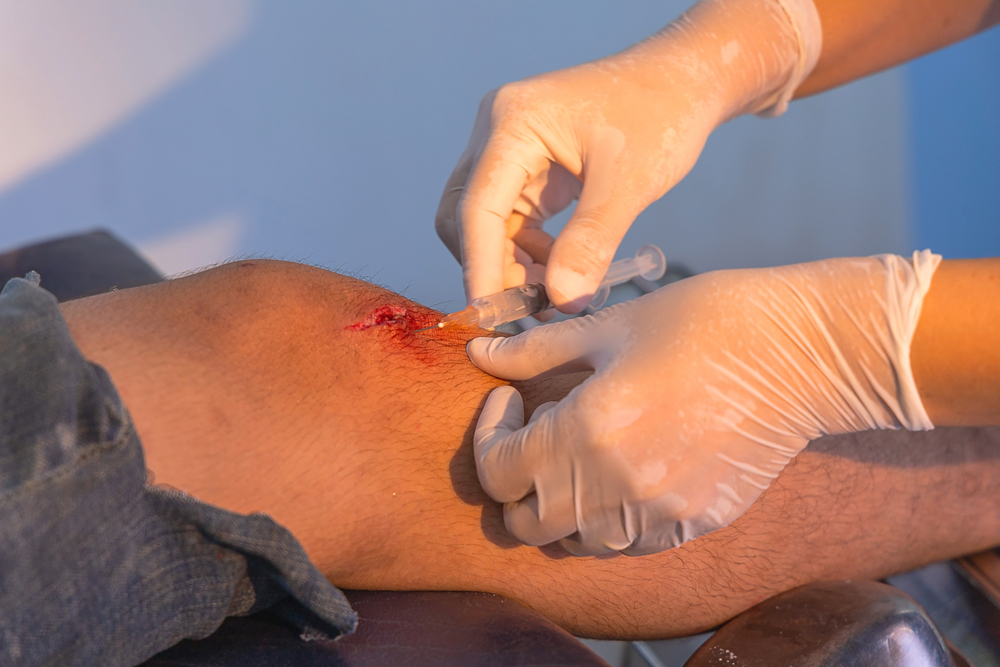
A Guide To Local Anaesthetics in the Emergency Department
12th November 2024
When Can a Judge Dismiss Expert Witness Evidence?
8th January 2025Local anaesthetics are generally considered an emergency medic’s best tool in a number of different situations. However, it is important to note that they are not without risk. Therefore, it is vital that anyone working with local anaesthetics is aware of any potential complications so that they can take steps to minimise patient risk.
Dosing
Every local anaesthetic has a maximum recommended dose. This will vary, depending on a patient’s medical history, weight and age as well as other factors. Exceeding the maximum recommended dose can lead to a condition known as local anaesthetic systemic toxicity or LAST. This can lead to serious and potentially life-threatening symptoms.
Doctors who regularly use local anaesthetics should know the maximum dose that a patient can have for each different local anaesthetic.
For Lidocaine that is 3mg/kg body weight or in simple terms around 20mls of a 1% solution the normally used concentration for the average adult. The efficacy of local anaesthetics is often more related to the volume given rather than the concentration and diluting the anaesthetic with saline can allow larger volumes of fluid to be used while staying within the maximum dose.
Symptoms of LAST
This typically involves cardiovascular and central nervous system effects which can include:
- A metallic taste in the mouth
- Tinnitus
- Visual disturbances
- Confusion
- Perioral numbness
- Seizures
- Agitation
- Respiratory arrest
- Coma
Cardiovascular effects can include hypertension or hypotension, tachycardia or bradycardia, arrhythmias and cardiac arrest.
To prevent LAST, doses must be calculated carefully and patients must be carefully monitored. If there is a suspicion of toxicity, prompt interventions include management of the airway, control of seizures and advanced cardiac life-support. Some patients may benefit from intravenous lipid emotion therapy.
Adrenaline
In order to reduce bleeding and prolong the duration of a local anaesthetic, adrenaline may need to be added to a local anaesthetic. However, there are contraindications for its use. This is particularly true when it comes to local anaesthetics for the digits.
This is because adrenalin vasoconstrictive properties can compromise blood flow. This can risk tissue damage and necrosis. The risk is heightened in areas that have limited collateral circulation. This can include the ears, nose, fingers and toes.
In addition to this, adrenaline must be avoided when completing procedures such as ring blocks. This is because vasoconstriction can have an impact on tissue perfusion, causing risk of gangrene and even in some cases amputation.
Injections
An accidental intravenous injection of a local anaesthetic can lead to quick onset systemic toxicity.
In nerve blocks, the risk is particularly high. This is because the needle is in close proximity to the blood vessels. It is vital, therefore, to carefully aspirate before the injection.
The symptoms of an intravenous injection can appear quickly, and can include , perioral numbness, metallic taste in the mouth, cardiac arrhythmias and seizures.
In order to prevent this, ultrasound guidance and frequent aspiration must be considered as part of the technique. Immediate management is crucial if accidental intravenous injection happens. This may include advanced cardiac life support, airway support and seizure control.
Cuff failures in Biers block
As a technique that requires a large volume of local anaesthetic to be injected into an exsanguinated limb it is vital that a tourniquet is applied correctly and monitored throughout. .
If the cuff fails or the tourniquet is released prematurely, large amounts of anaesthetic can enter the bloodstream. This will lead to systemic toxicity and is one of the reasons that Bupivicaine has been largely superseded in Biers Blocks by Prilocaine. Preventing this means careful monitoring of the tourniquet preferably with an automatic pneumatic tourniquet that regulates its pressure rather than one relying on a pressure pump and monitoring of a gauge.
As we have laid out, anaesthetics are invaluable in the emergency department. However, they require meticulous practice and thorough monitoring of patients during and after administration. If medics are able to take appropriate precautions, and recognise the risks of using such treatments, they can ensure patient safety is not compromised.




